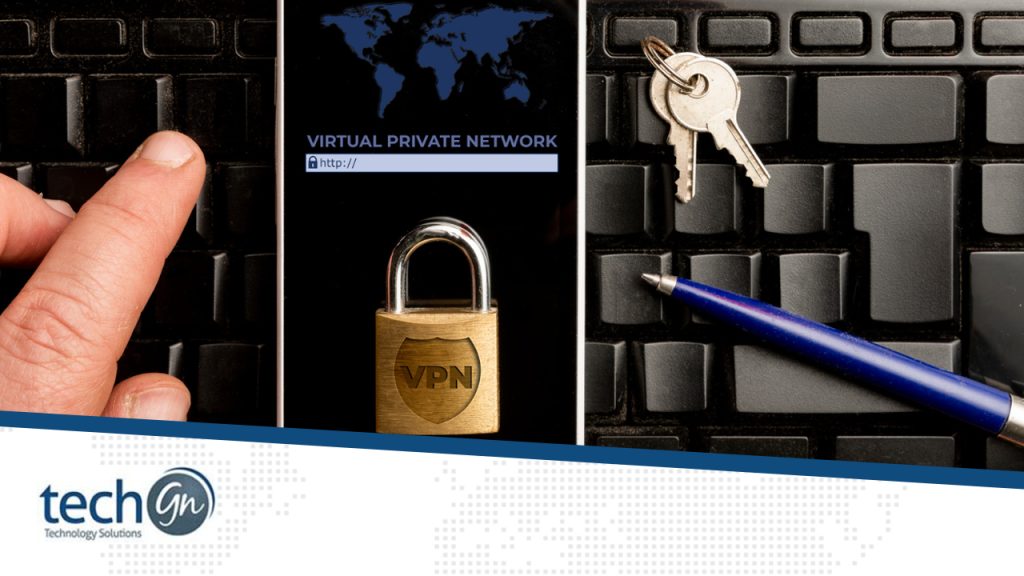Remote access has become a necessity for businesses and individuals alike. As the global workforce becomes increasingly mobile, securing remote access and Virtual Private Networks (VPNs) is more critical than ever. This blog post delves into the importance of securing remote access, best practices for implementing VPNs, and the latest advancements in VPN technology.
The Importance of Securing Remote Access
Remote access allows employees to connect to their company’s network from any location, enabling flexibility and productivity. However, it also opens up potential security vulnerabilities. Without proper security measures, remote access can expose sensitive data to cyber threats such as hacking, phishing, and malware attacks.
Key Risks of Unsecured Remote Access
- Data Breaches: Unauthorized access to sensitive company information.
- Man-in-the-Middle Attacks: Interception of communication between the user and the company network.
- Phishing Attacks: Trick users into revealing login credentials or other sensitive information.
- Malware Infections: Introduction of malicious software into the company’s network.
Best Practices for Securing Remote Access
To mitigate these risks, organizations must adopt a multi-layered security approach. Here are some best practices:
Implement Strong Authentication Methods
- Multi-Factor Authentication (MFA): Require users to provide two or more verification factors to gain access. This could include something the user knows (password), something the user has (smartphone), and something the user is (fingerprint).
- Biometric Authentication: Use fingerprint scans, facial recognition, or other biometric data to verify user identity.
Use Secure Connections
- VPNs: Create a secure tunnel between the user’s device and the company network. VPNs encrypt data, making it difficult for unauthorized parties to intercept or decipher the information.
- SSL/TLS Encryption: Secure web-based access with SSL/TLS encryption to protect data transmitted over the internet.
Regularly Update and Patch Systems
- Software Updates: Keep all systems, including VPN software, up-to-date with the latest security patches.
- Regular Audits: Conduct regular security audits to identify and address vulnerabilities.
Educate Employees
- Security Training: Regularly train employees on security best practices, such as recognizing phishing attempts and using secure passwords.
- Clear Policies: Establish clear remote access policies and ensure employees understand the importance of following them.
Advanced VPN Technologies
As cyber threats evolve, so too must the technologies we use to combat them. Here are some advancements in VPN technology that enhance security:
Zero Trust Network Access (ZTNA)
- Context-Aware Security: ZTNA restricts access based on the context of the user’s request, such as their location, device, and behavior. This ensures that even if credentials are compromised, unauthorized access is prevented.
- Micro-Segmentation: Divides the network into smaller segments, each with its own security controls, to limit the potential damage of a breach.
Next-Generation Encryption
- Quantum-Resistant Algorithms: Developments in quantum computing pose a threat to current encryption methods. Next-generation VPNs are beginning to implement quantum-resistant algorithms to future-proof security.
- Perfect Forward Secrecy (PFS): Ensures that even if one session’s keys are compromised, it does not affect the security of past or future sessions.
Improved Performance and Scalability
- Split Tunneling: Allows users to route some of their traffic through the VPN while sending other traffic directly to the internet. This improves performance and reduces the load on the VPN server.
- Cloud-Based VPNs: Utilize cloud infrastructure to provide scalable and reliable VPN services that can easily accommodate growing remote workforces.
Bottom Line
Securing remote access and VPNs is essential for protecting sensitive data and maintaining the integrity of corporate networks. By implementing strong authentication methods, using secure connections, keeping systems updated, and educating employees, organizations can significantly reduce the risk of cyber threats. Moreover, embracing advanced VPN technologies ensures that security measures keep pace with evolving threats.
In an era where remote work is becoming the norm, investing in robust security solutions is not just a best practice—it’s a necessity. Stay vigilant, stay updated, and keep your remote access secure.
Reviews
Tailoring Solutions


